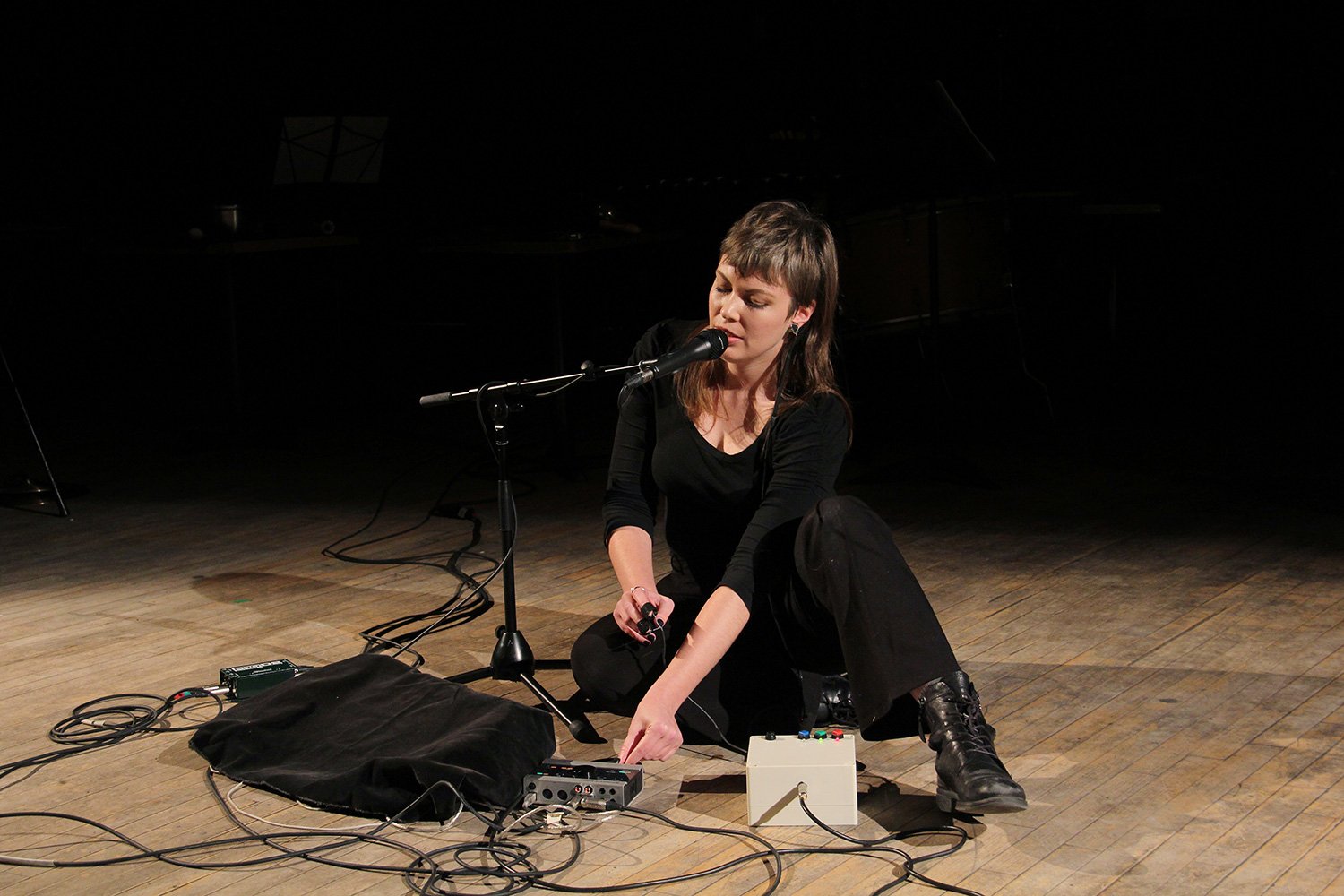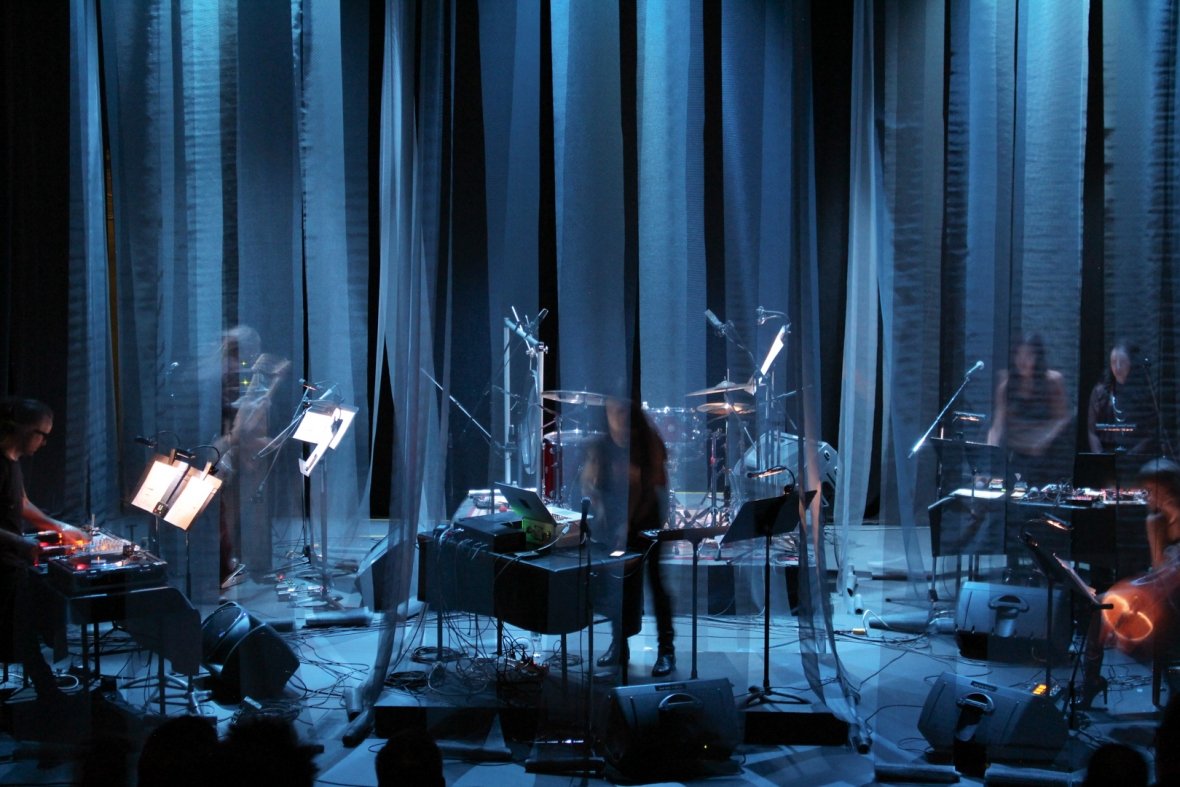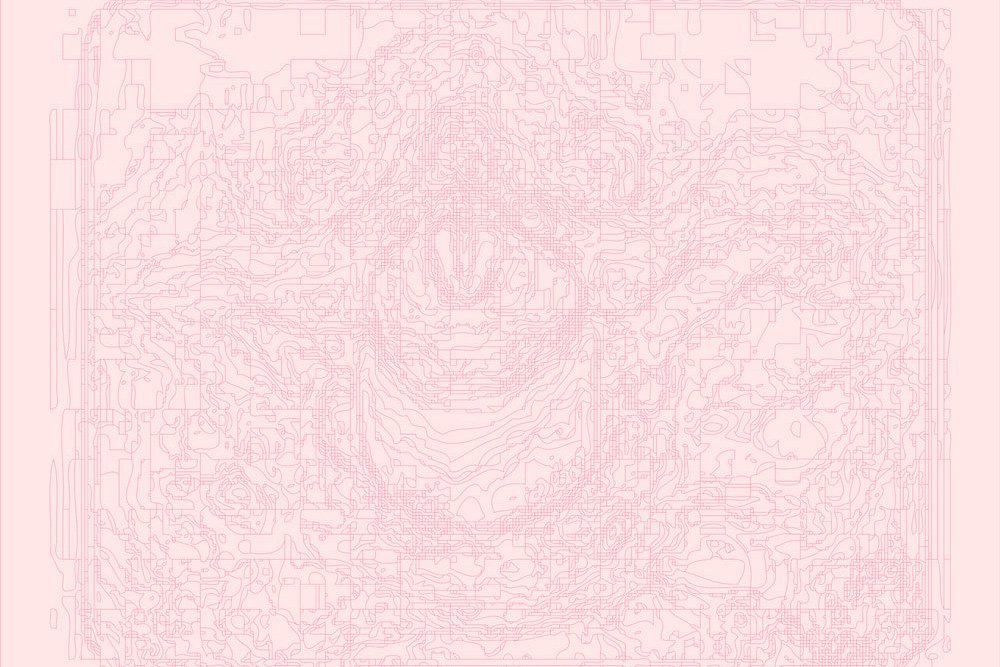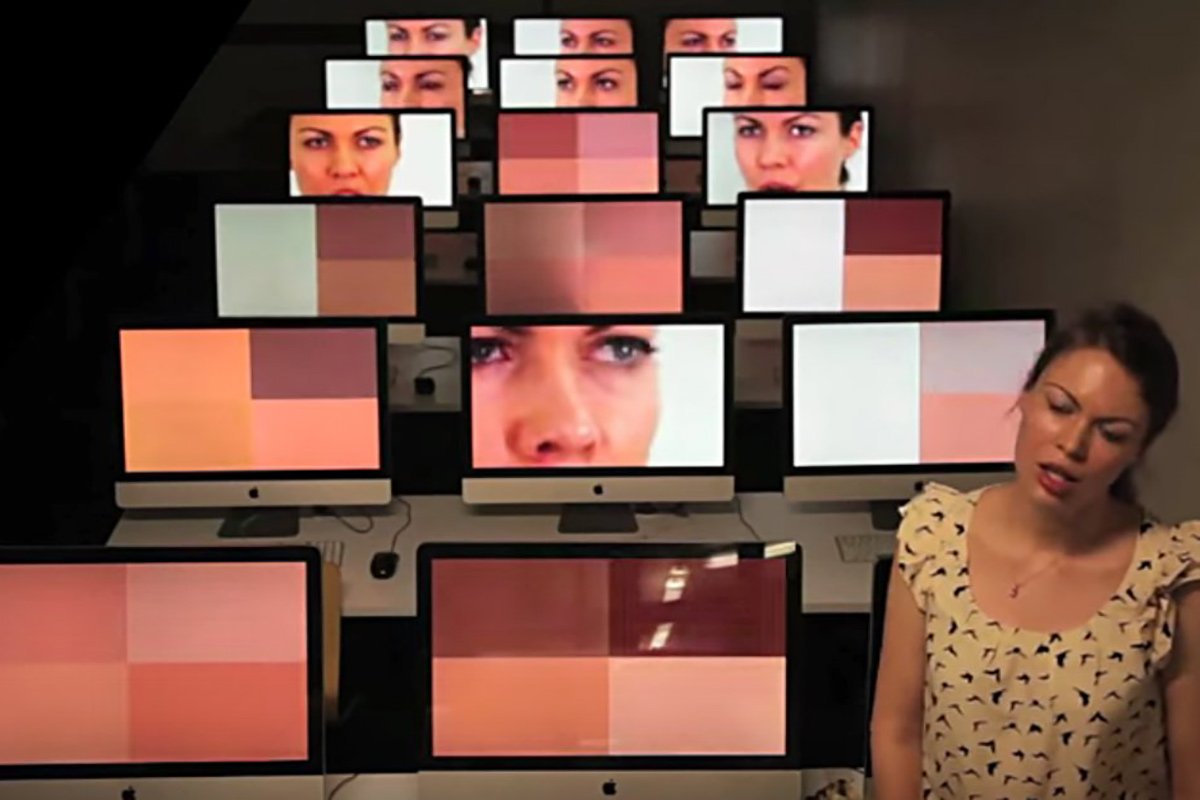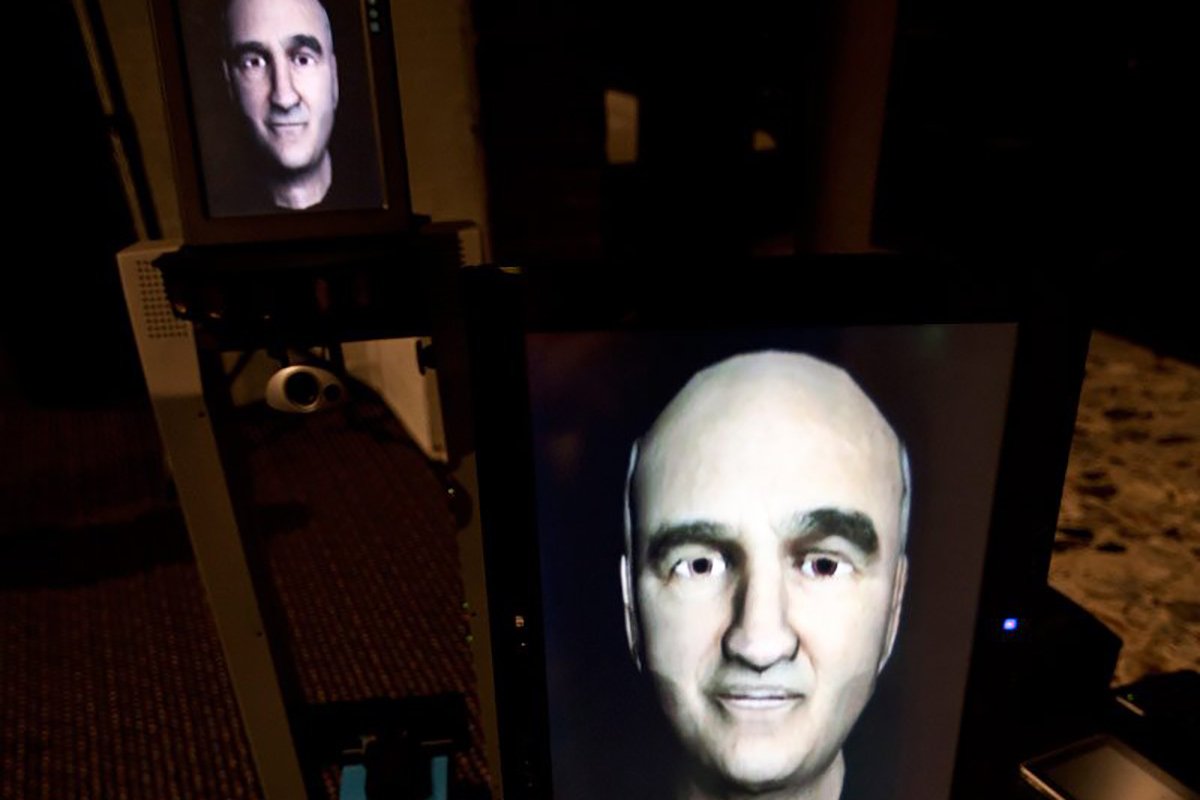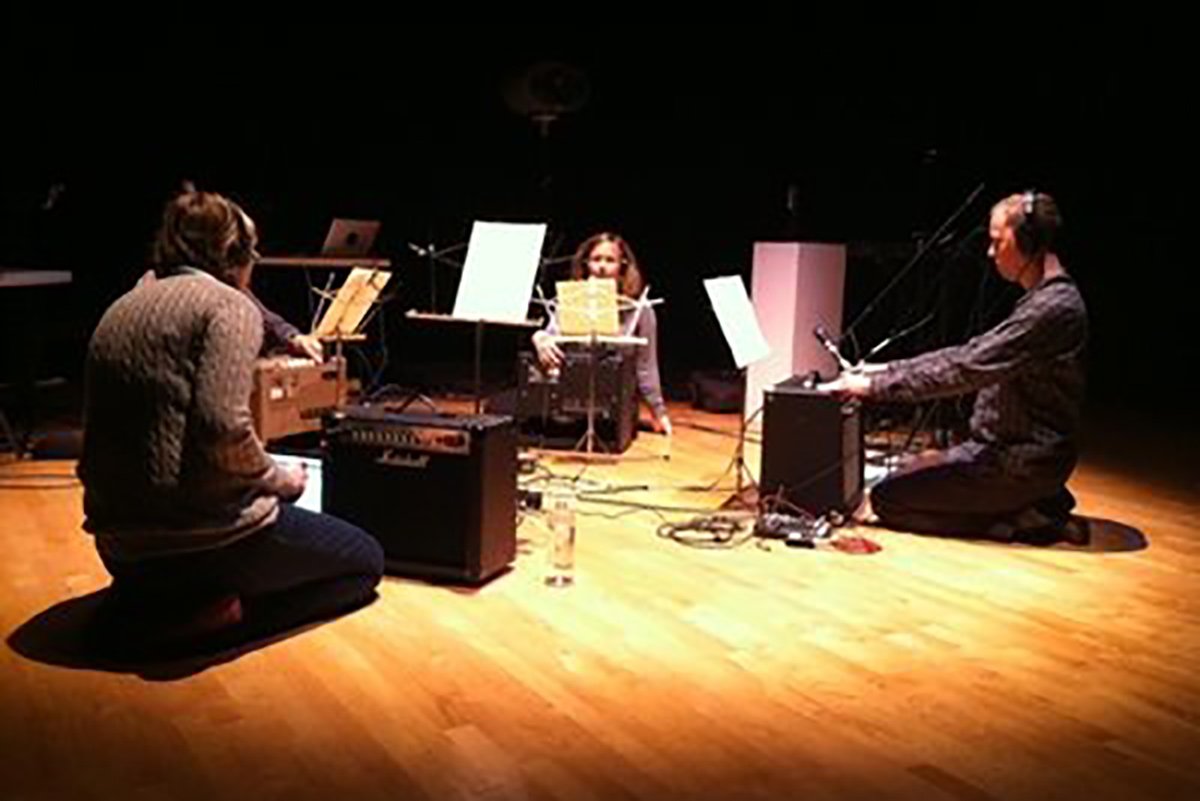BioSolo
BioSolo 2016
Photography: Wren Noble
2016
Using the BioSynth, I improvised a set for my breath/voice and my sonified heart and sweat release at No Hay Banda in an evening that also featured the very interesting work of composer Vinko Globokar (Russia).
The improvisation is very sparing, the goal is to exploit interesting rhythmic moments between heavy breath-song and the heartbeat, all the while exploring limits of respiratory activity and seeing what effect it has on my physiology.
Exhibition/Performance history
BioSolo was first performed at No Hay Banda series in Montreal at La Sala Rossa, organized by Daniel Àñez and Noam Bierstone.


